Hello dear Steemians, welcome to a new series of posts in which I will show you awesome Origami techniques. I hope you enjoy the soothing relaxation of folding colored paper as much as I do.
Hallo liebe Steemians, willkommen zu einer neuen Reihe von Beiträgen, in denen ich euch tolle Origami-Techniken zeige. Ich hoffe, ihr genießt die beruhigende Entspannung des Faltens von buntem Papier genauso wie ich.
🇬🇧 English Version
Since I work at a school, where I supervise children with different disabilities, I got in touch with Origami, which I took as a new fascinating hobby. We teach this folding technique to the children to help them calm down, stay present and focused and learn to be patient with themselves and others. It’s really a great thing to do, since you learn to acknowledge the present moment.
🇩🇪 Deutsche Version:
Seit ich in einer Schule arbeite, in der ich Kinder mit unterschiedlichen psychischen Beeinträchtigungen betreue, kam ich mit Origami in Kontakt, das ich als neues faszinierendes Hobby betreibe. Wir bringen den Kindern diese Falttechnik bei, um ihnen zu helfen, sich zu beruhigen, präsent und konzentriert zu bleiben und zu lernen, geduldig mit sich selbst und anderen umzugehen. Origami ist wirklich eine großartige Sache, da man lernt, den gegenwärtigen Moment zu erkennen und zu leben.
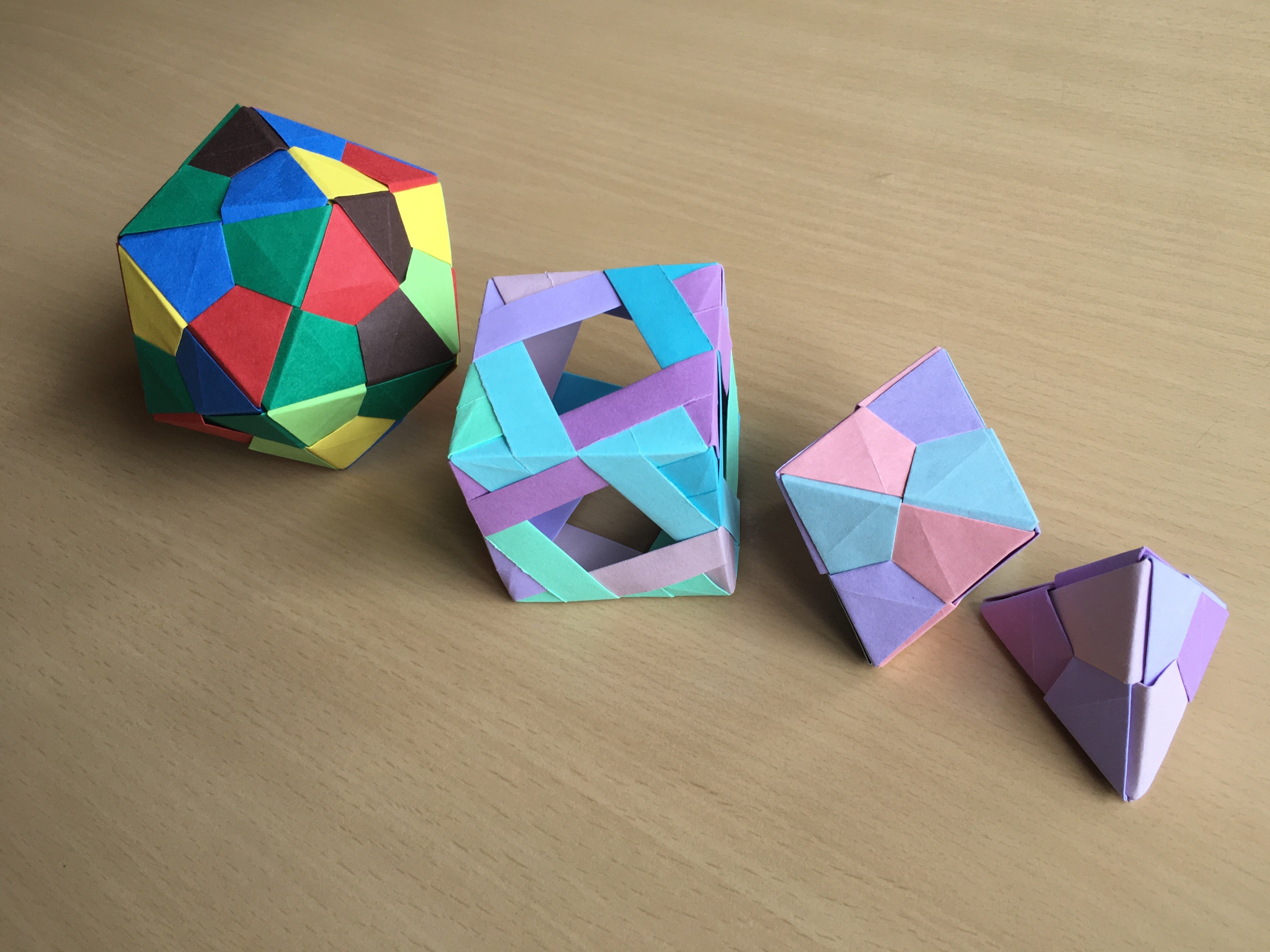
I started with some basic platonic figures, which are composed of several modules of the same kind.
The First and most simple platonic shape is the tetrahedron, it has four equal, triangular sides.
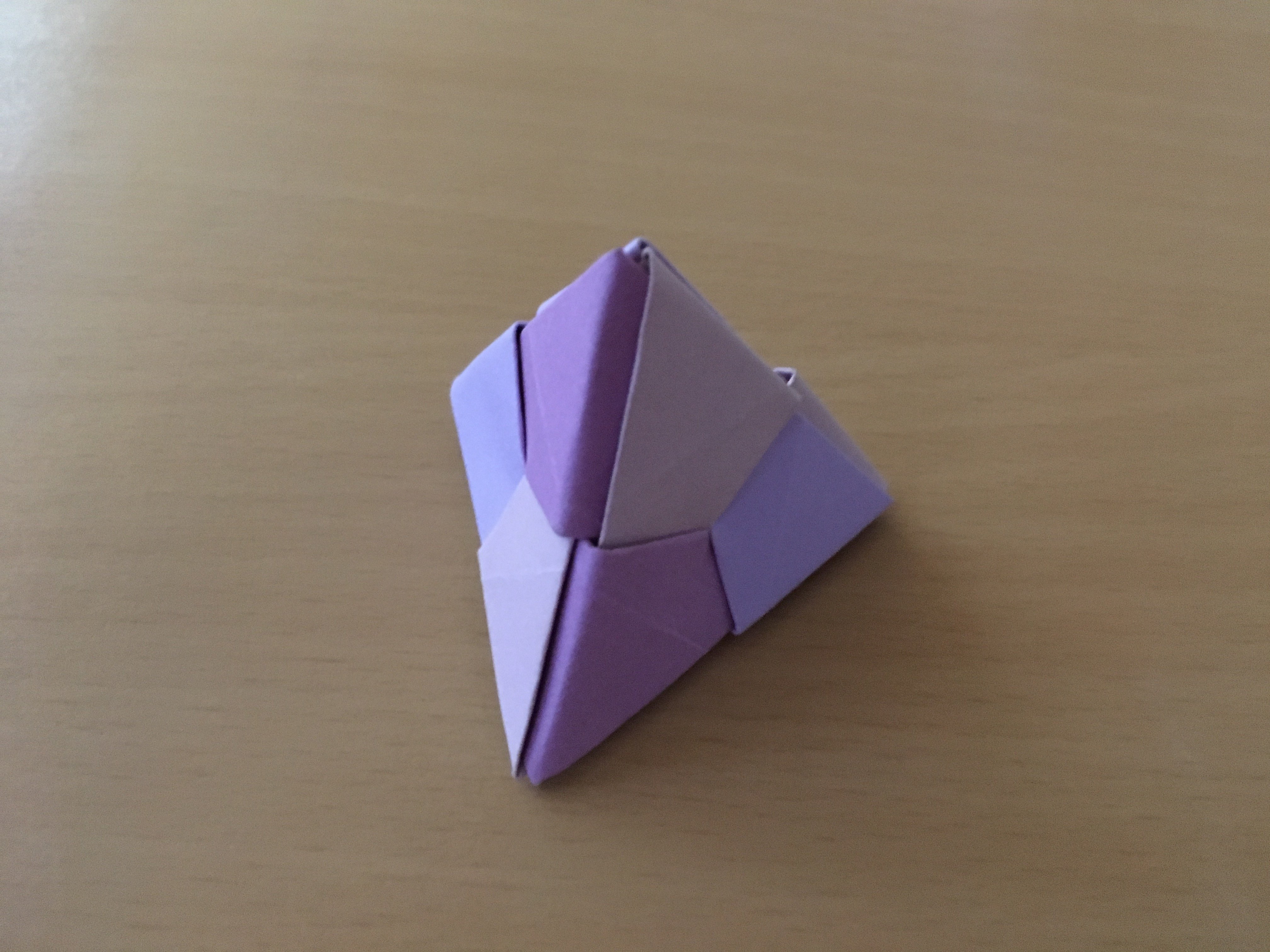
Ich habe mit einigen platonischen Grundfiguren begonnen, die aus mehreren gleichartigen Modulen bestehen.
Die erste und einfachste platonische Form ist das Tetraeder, es hat vier gleiche, dreieckige Seiten.
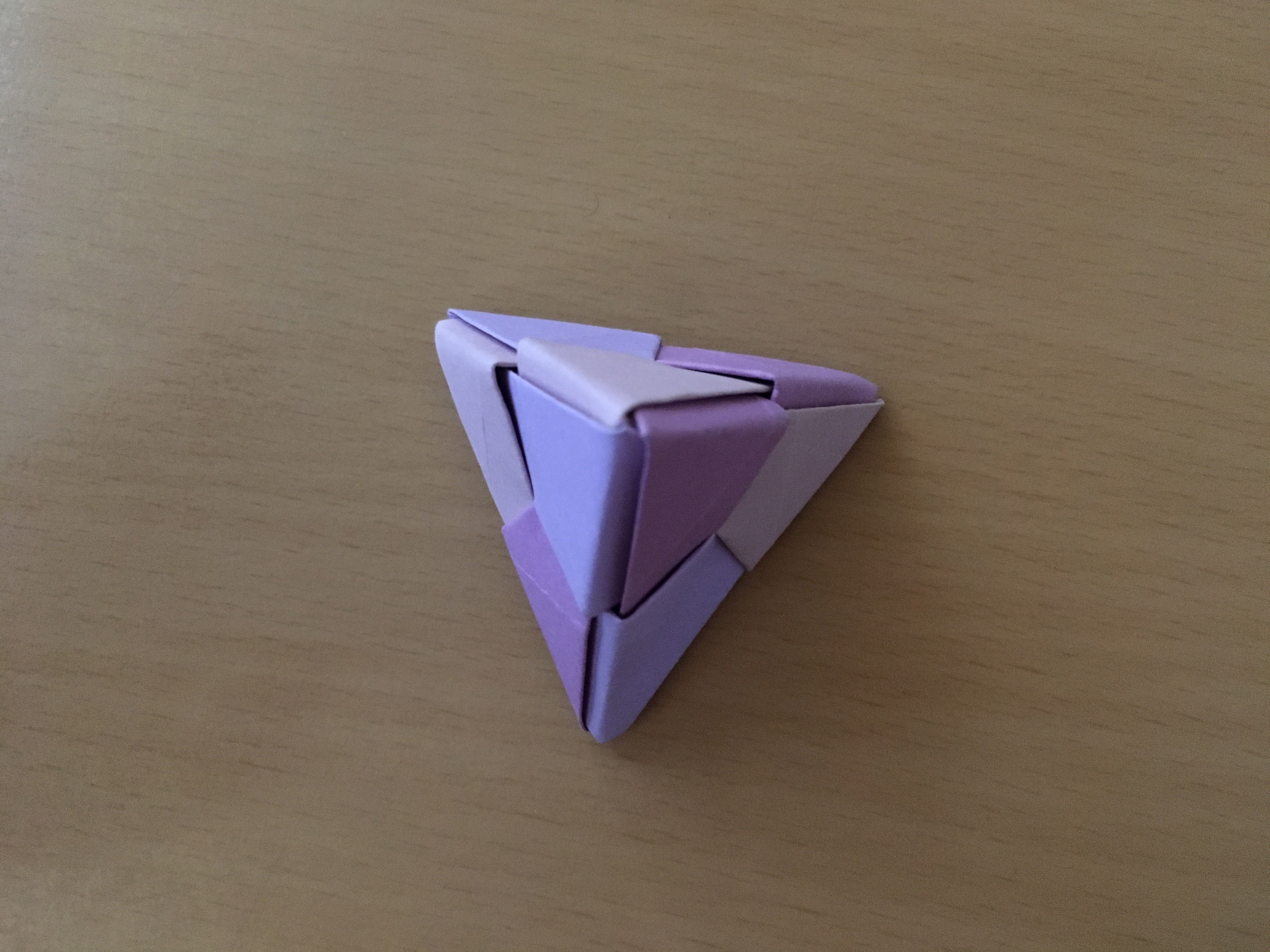
Beginnen wir mit dem Falten eines Moduls, von dem wir sechs Stück brauchen.
Drei dieser Module bilden eine Fläche oder eine Seite.

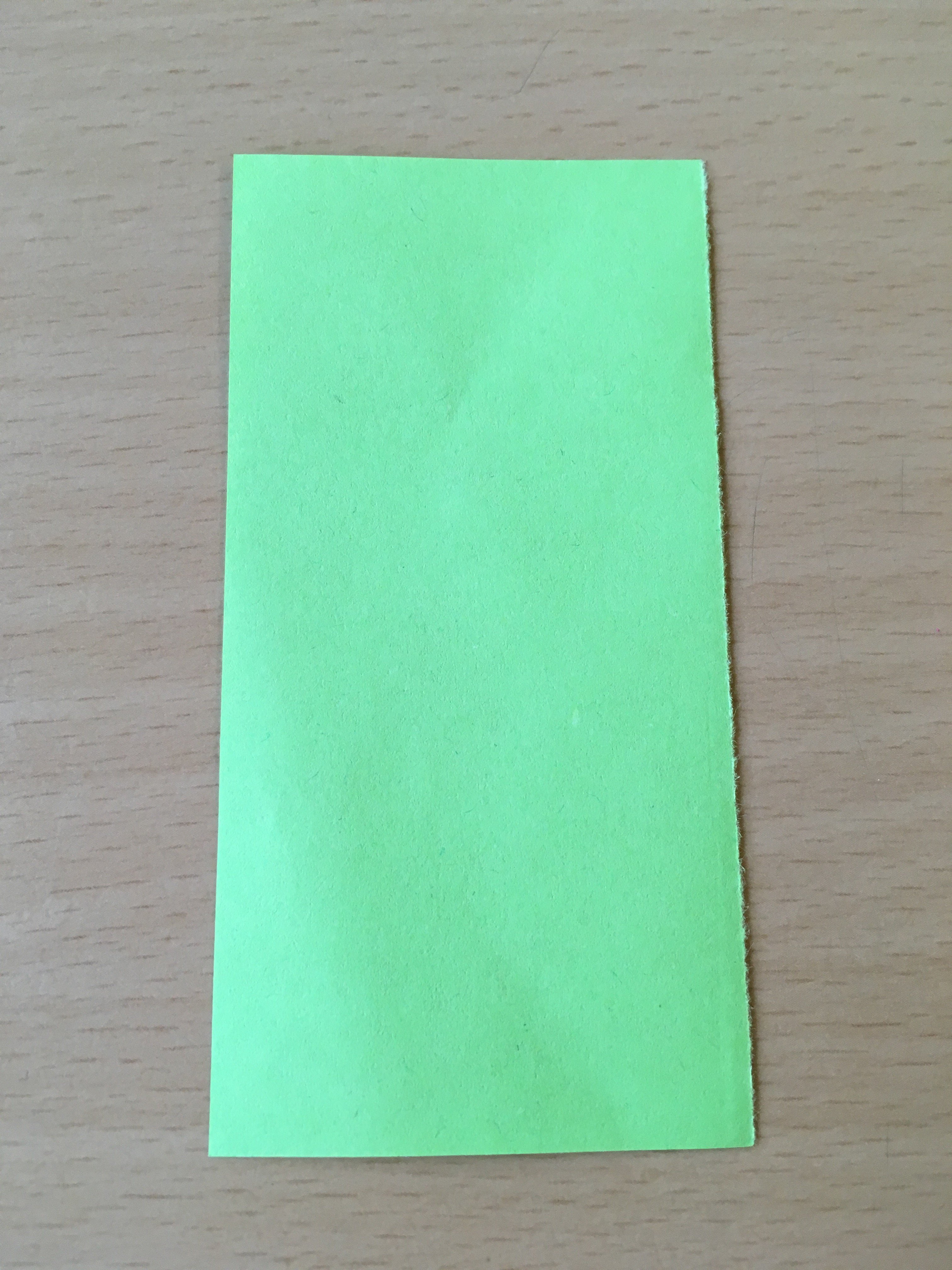
Als erstes, nehme ein Faltblatt und teile es in der Mitte, oder falte es auf die Hälfte, um die halbe Größe zu erreichen.
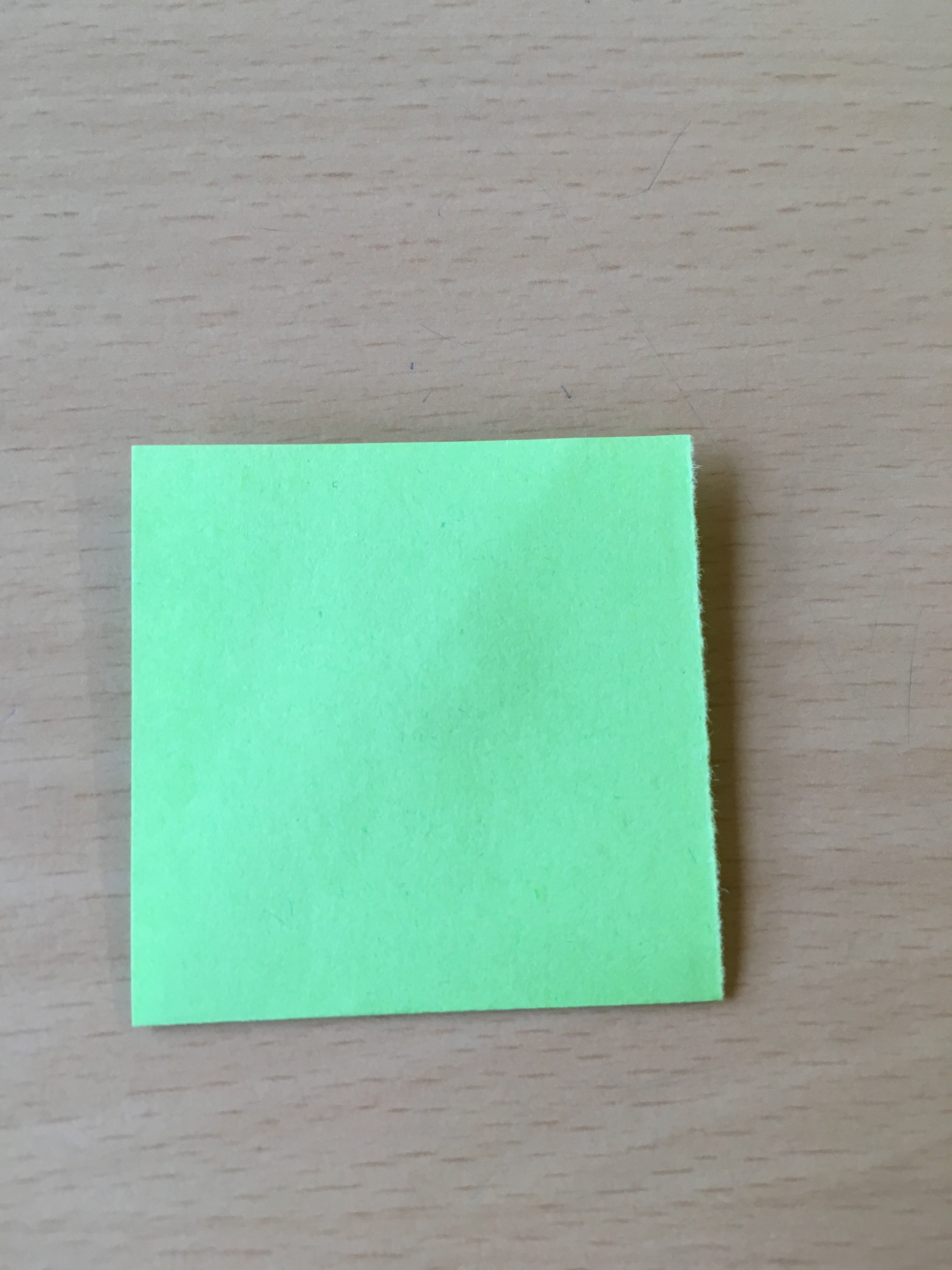
Falte dieses schmale Blatt in der Mitte, um ein Quadrat zu erhalten.
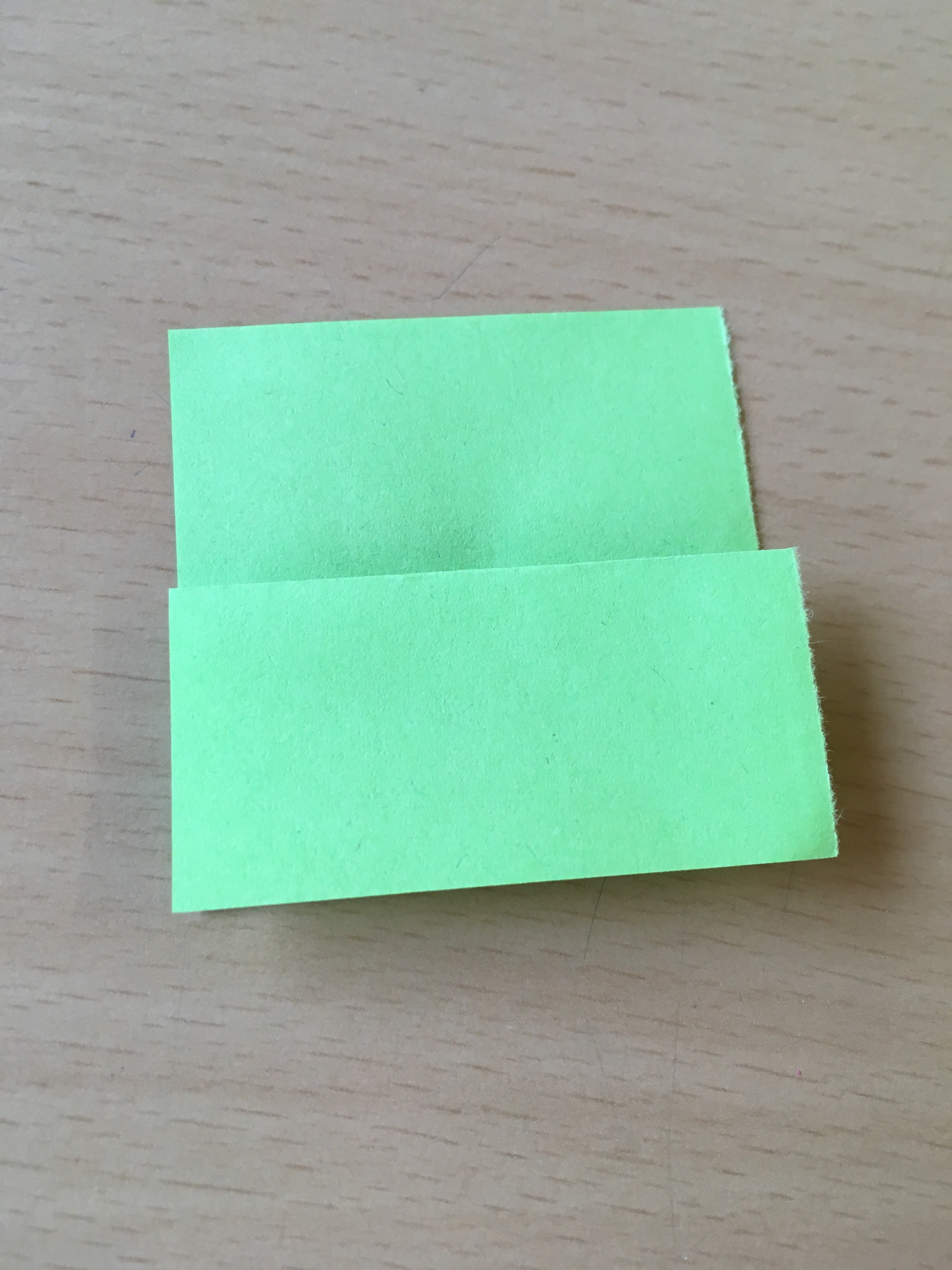
Fold the upper half down, like this ...
Falte die obere Hälfte nach unten, so wie hier...
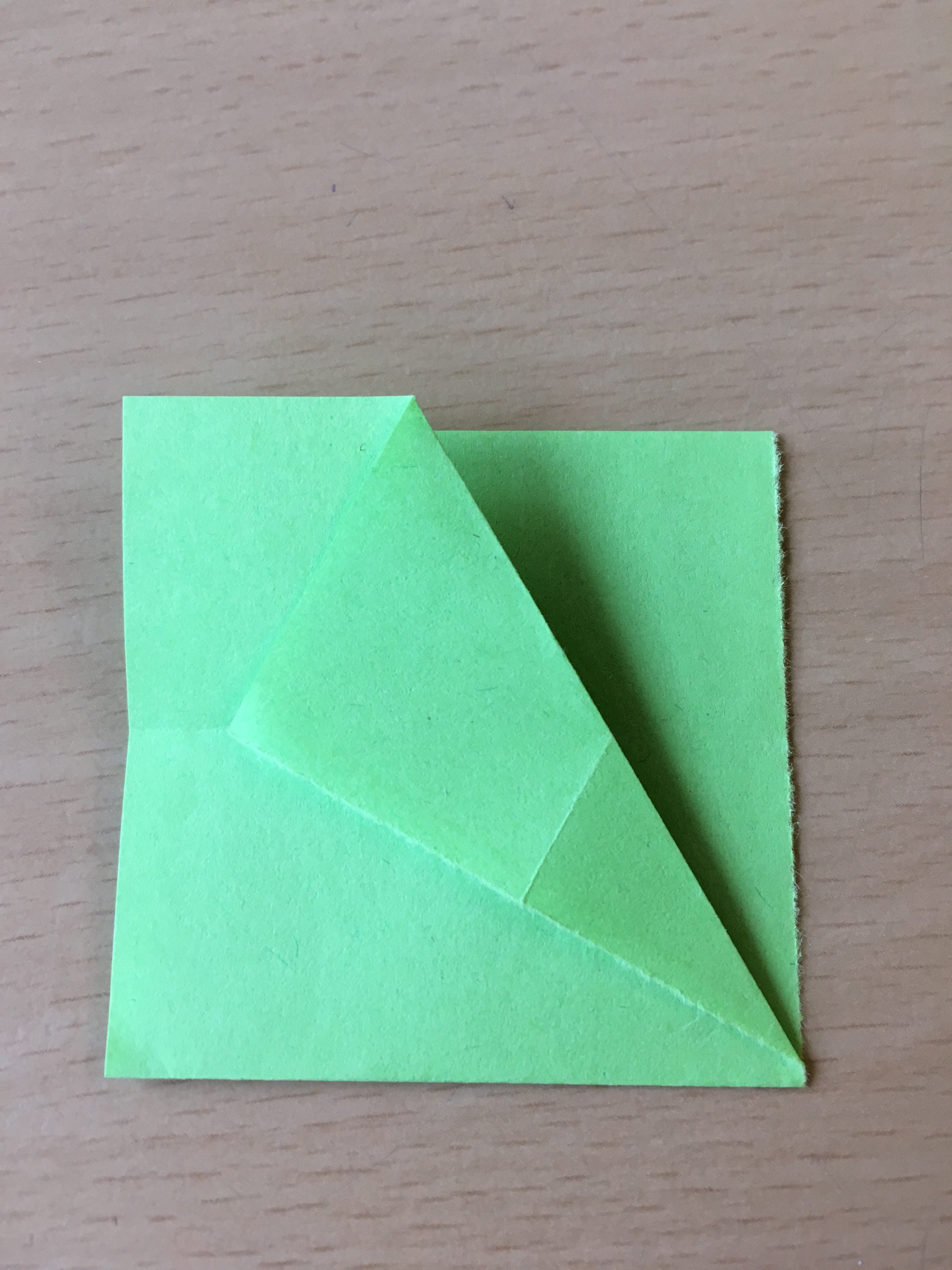
Klapp dieses Stück wieder auf und Falte die Ecke zur Mitte hin, so wie hier...
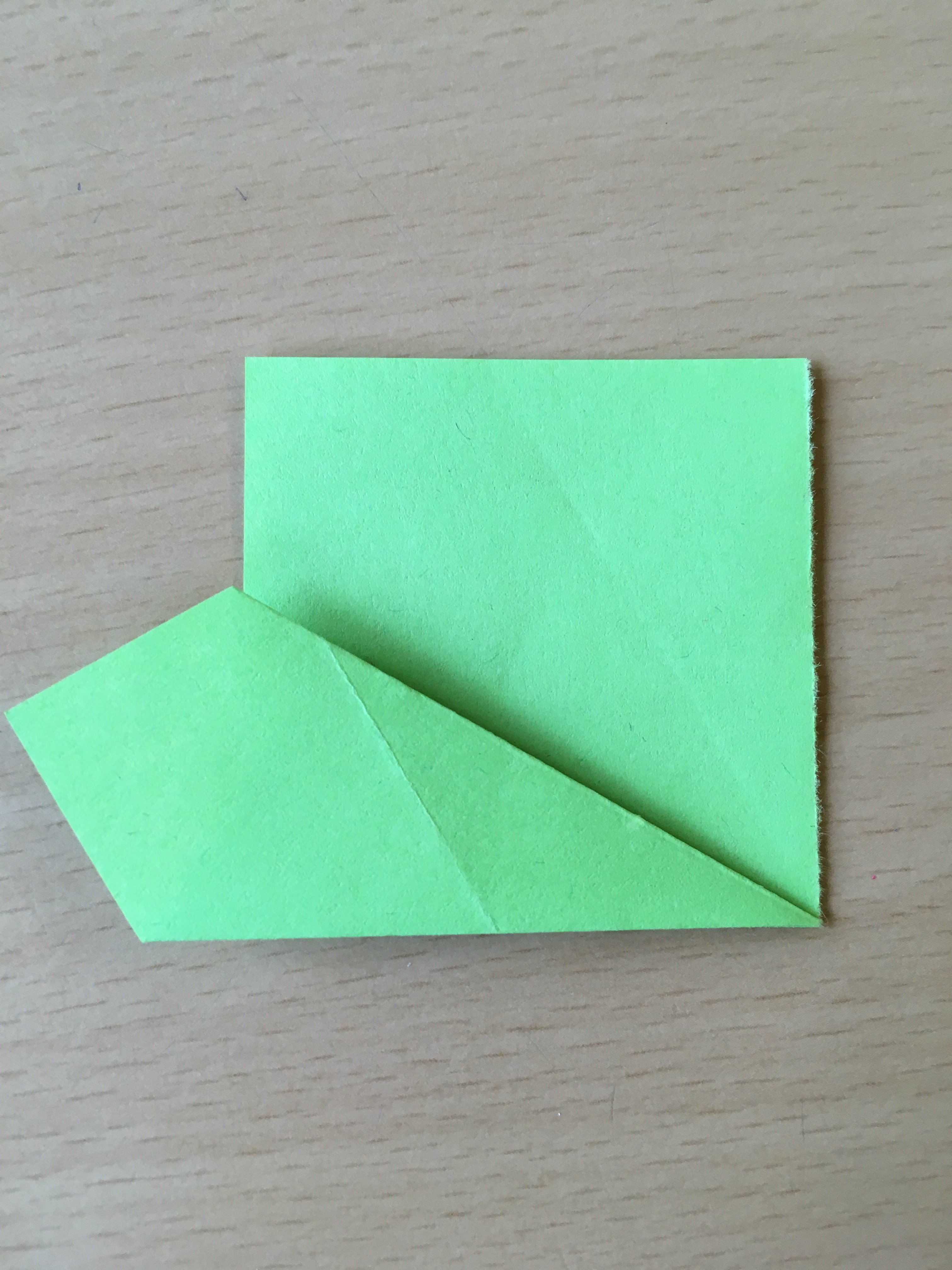
Wiederhole diesen Schritt und du bekommst diese kleine Drachenform...
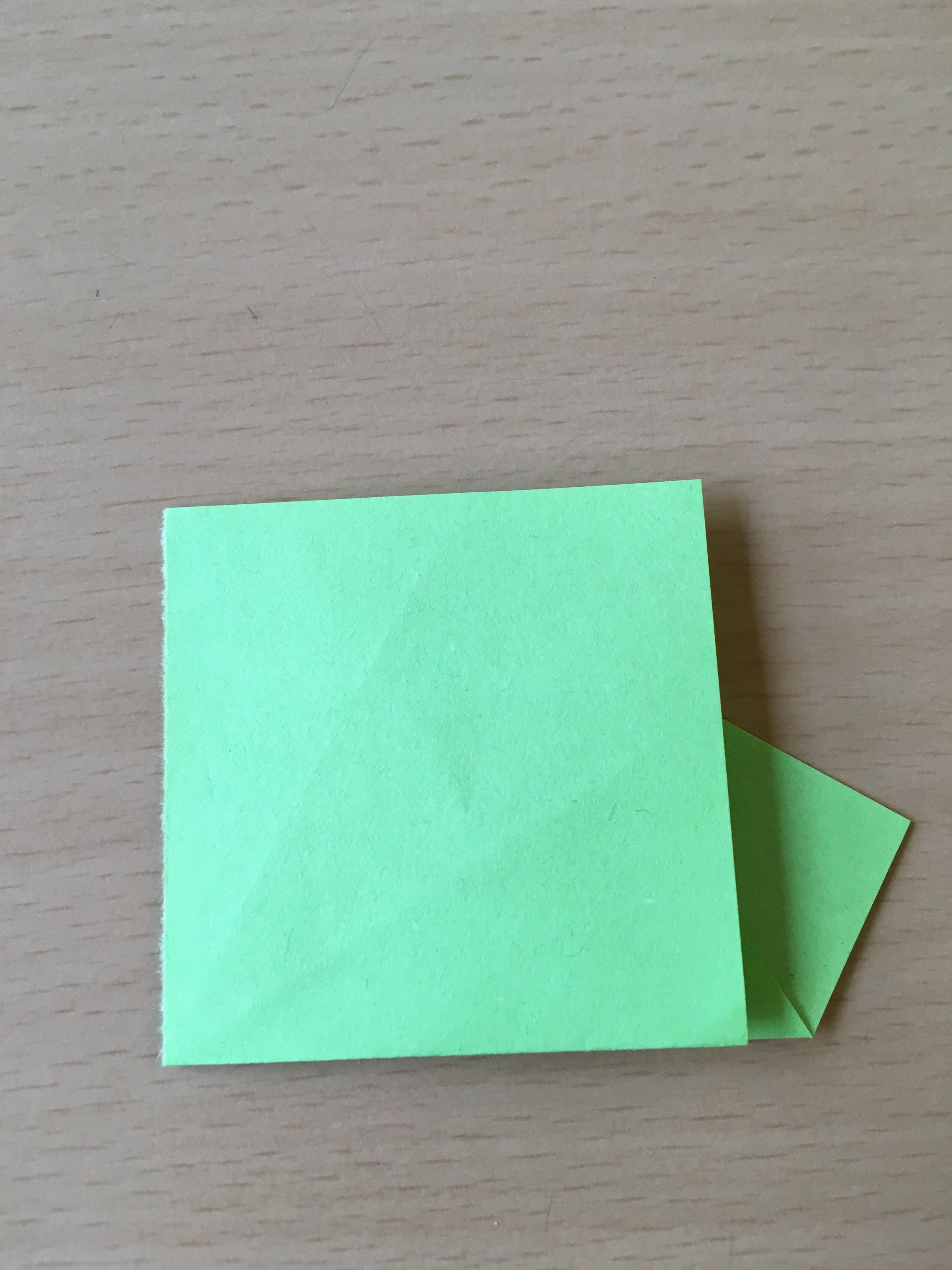
Dreh das Blatt rum und wiederhole diese Schritte auf der anderen Seite...
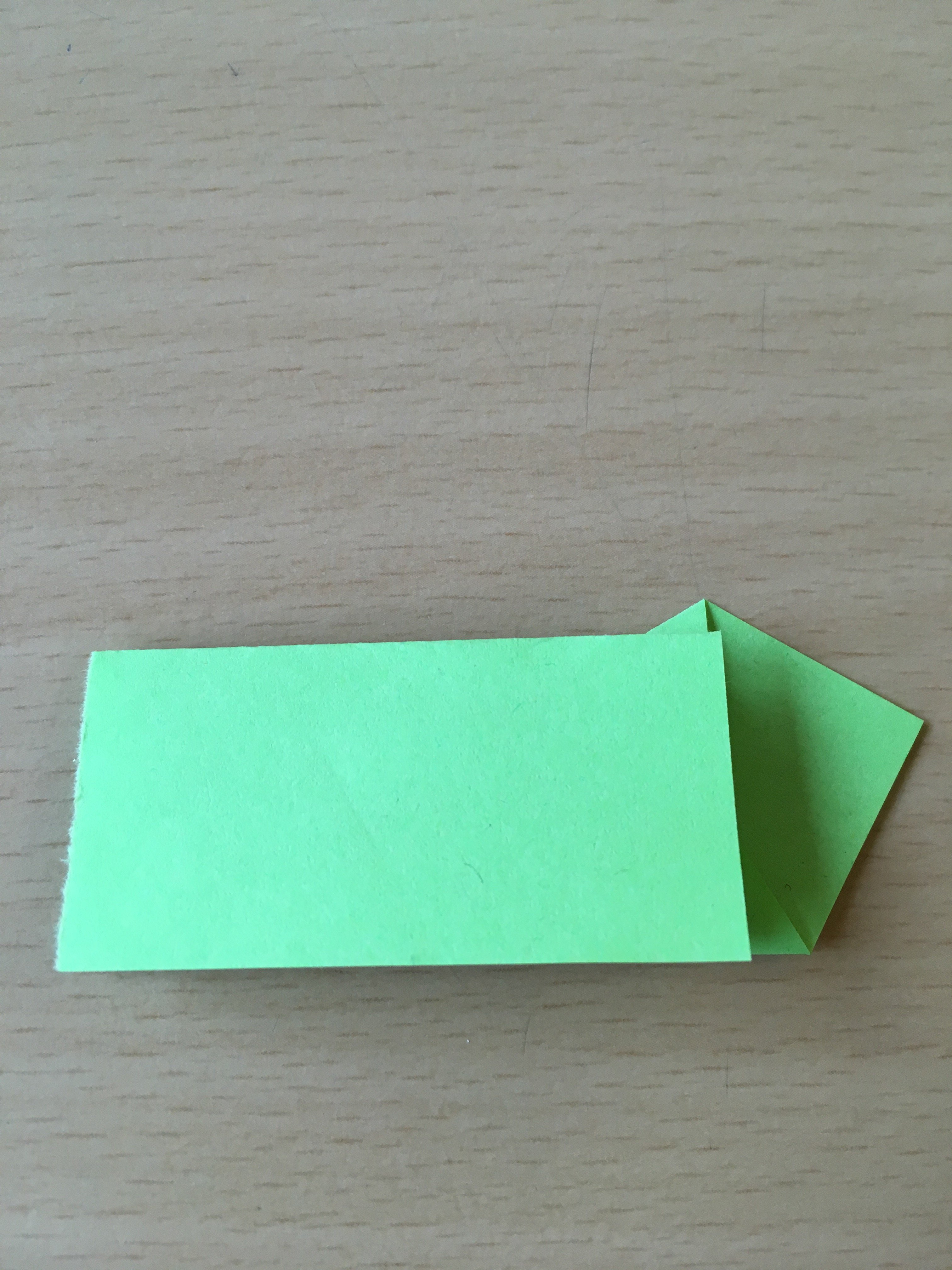
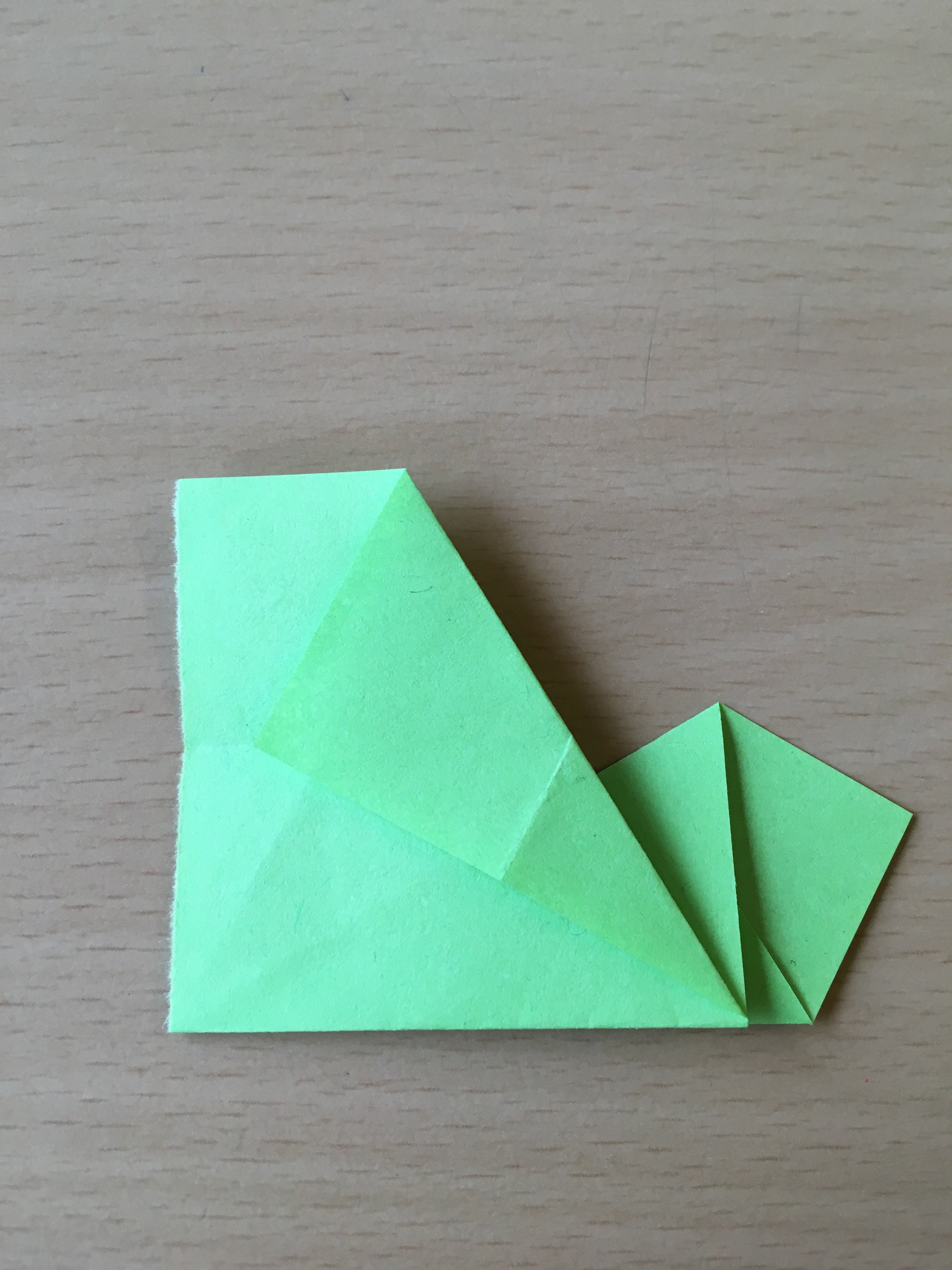
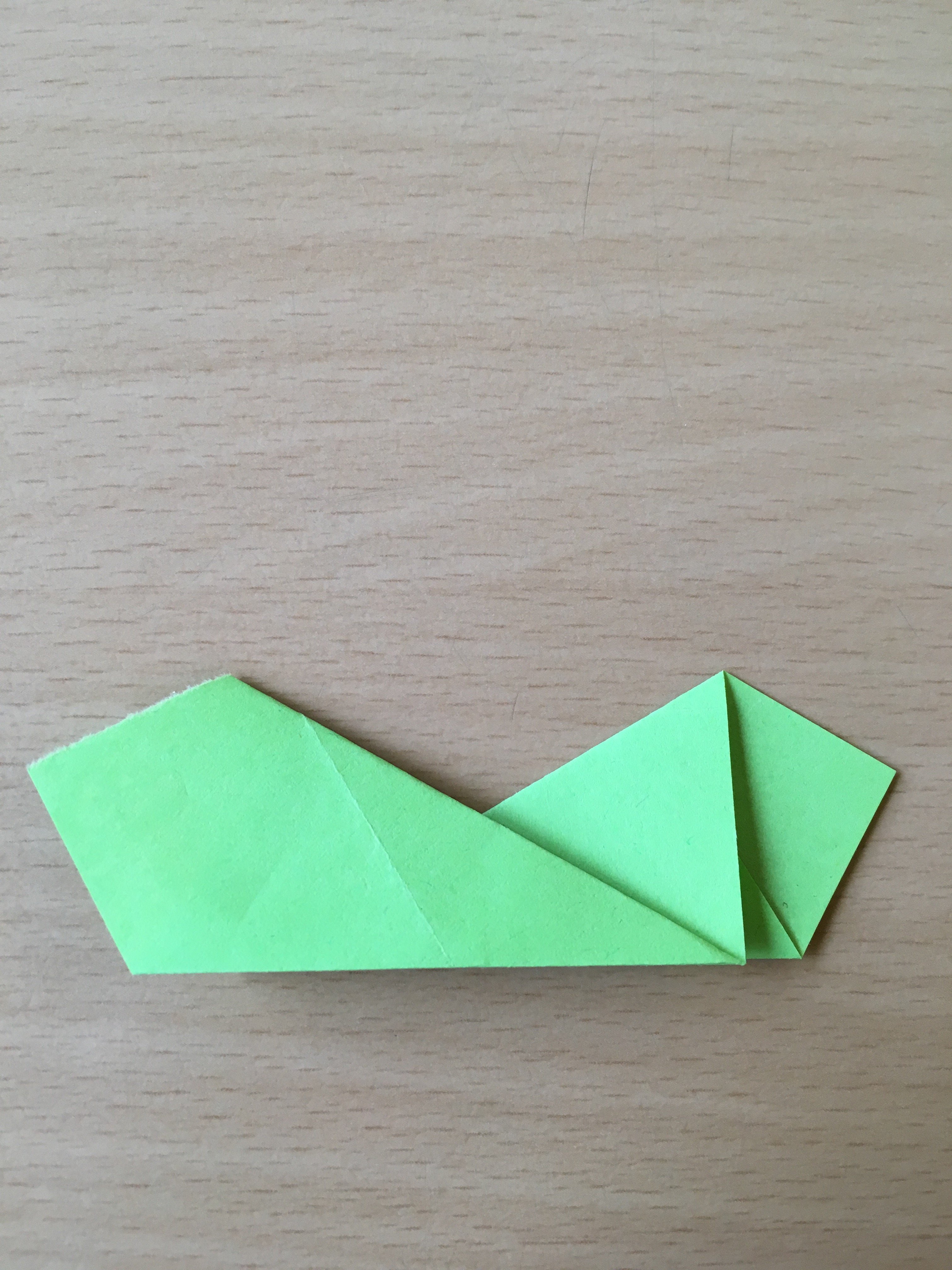
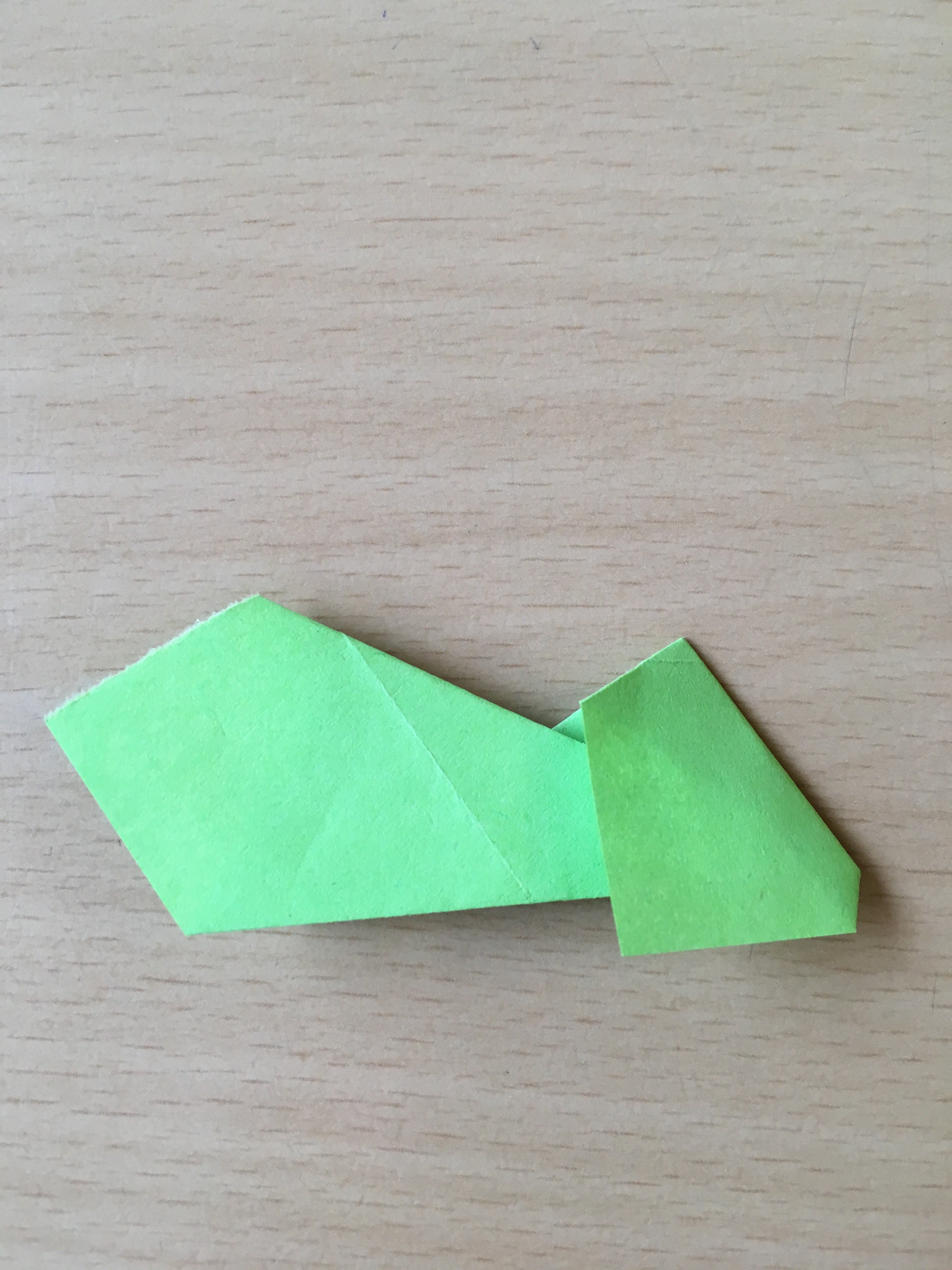
Jetzt falte die rechte "Spitze" entlang der Oberkante zur Mitte hin, etwas so...

... und falte die kleine Lasche nach hinten ...

Dreh das Modul um und wiederhole diese Schritte auf der anderen Seite.

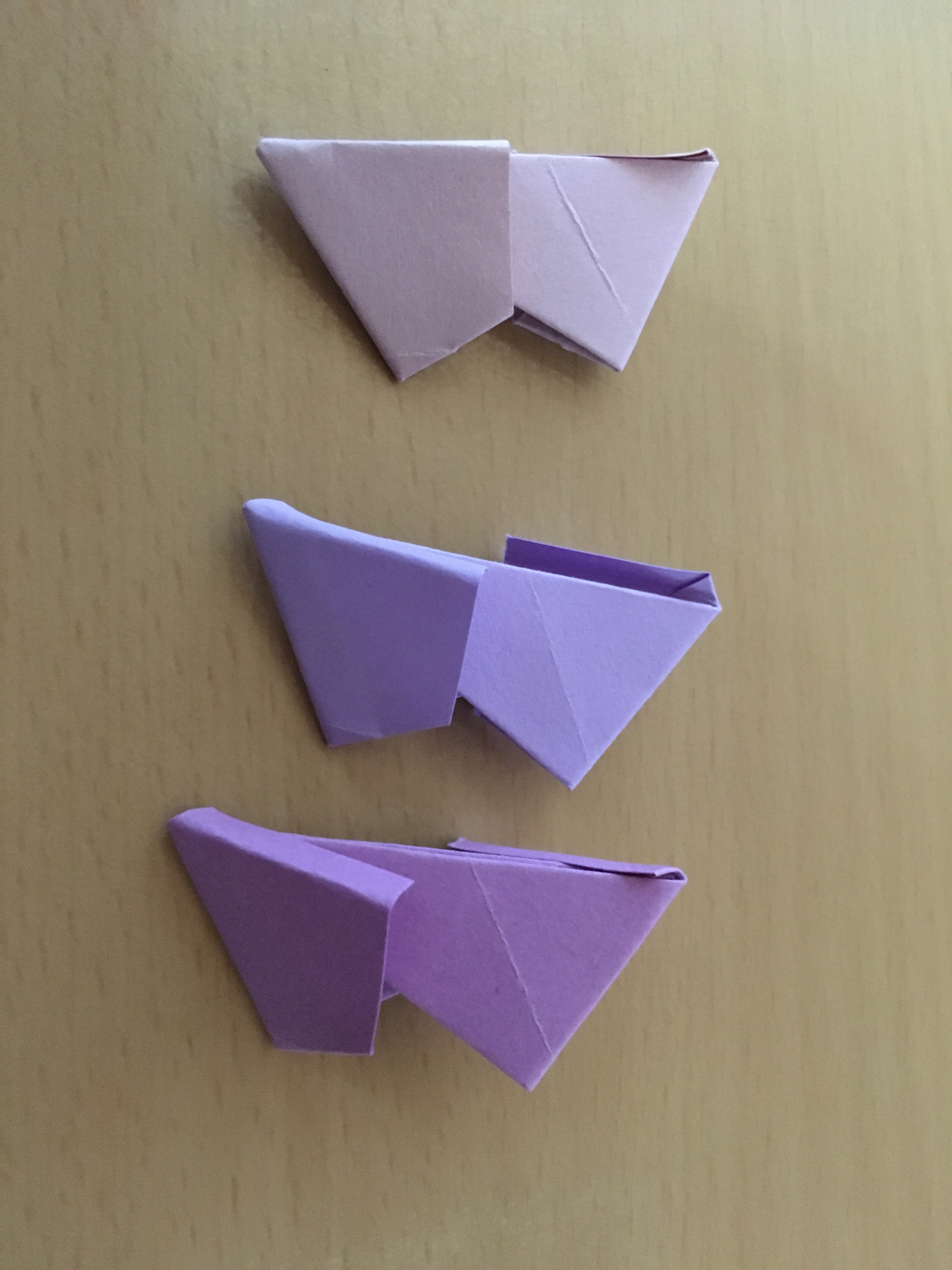
Jetzt ist ein Modul fertig, um mit den anderen Modulen, von denen du noch fünf falten musst, zusammen zusetzen.
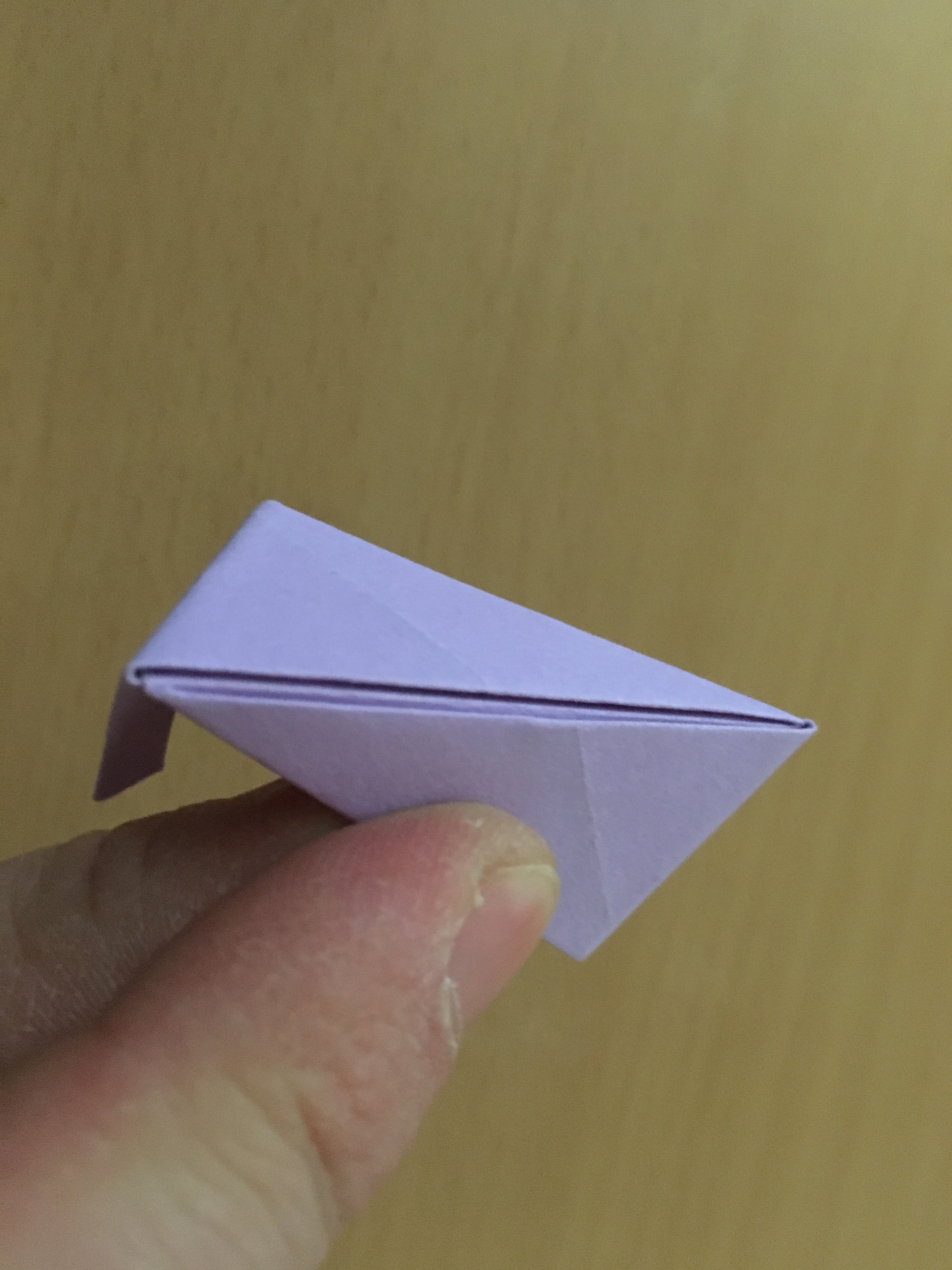
Lasst uns beginnen, die Module zusammenzusetzen...
Jede Modul hat zwei "Laschen" und zwei "Taschen".
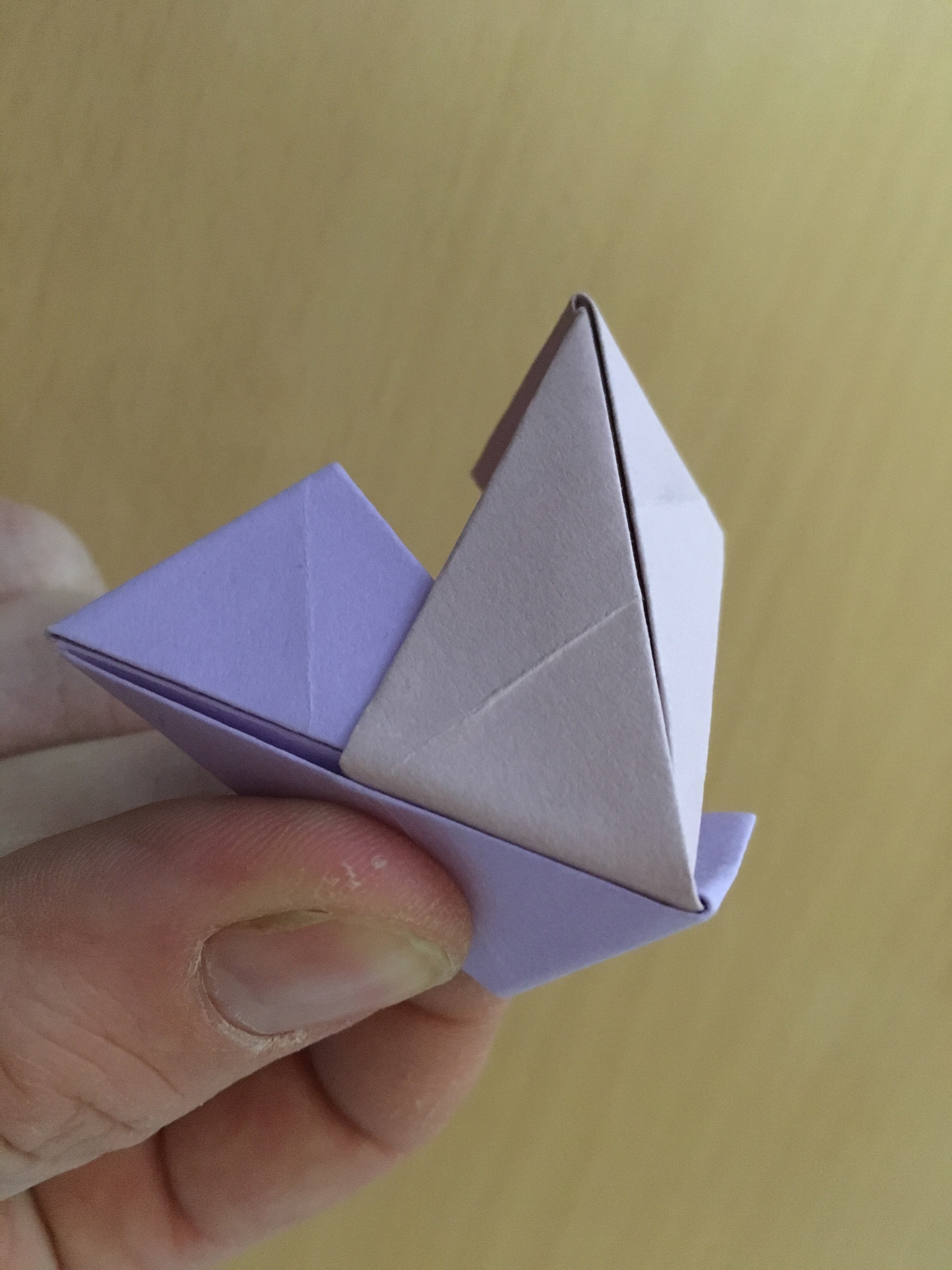
Stecke die "Lasche" eines Moduls in die "Tasche" eines anderen Modules, dass es folgendermaßen aussieht...
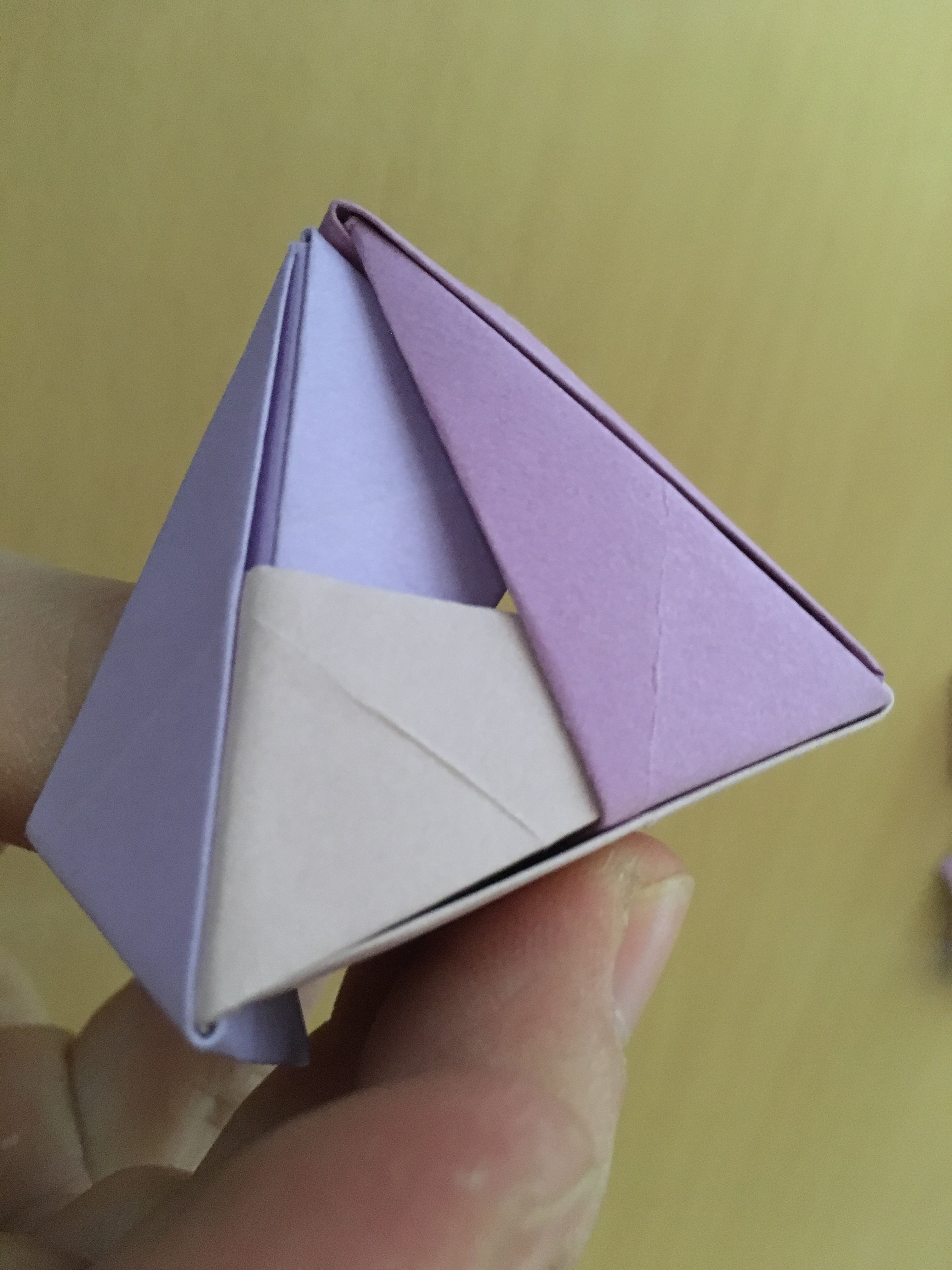
Jetzt nimm ein drittes Modul und steck die Lasche des zweiten Modules in die Tasche des dritten modules. Ungefähr so...
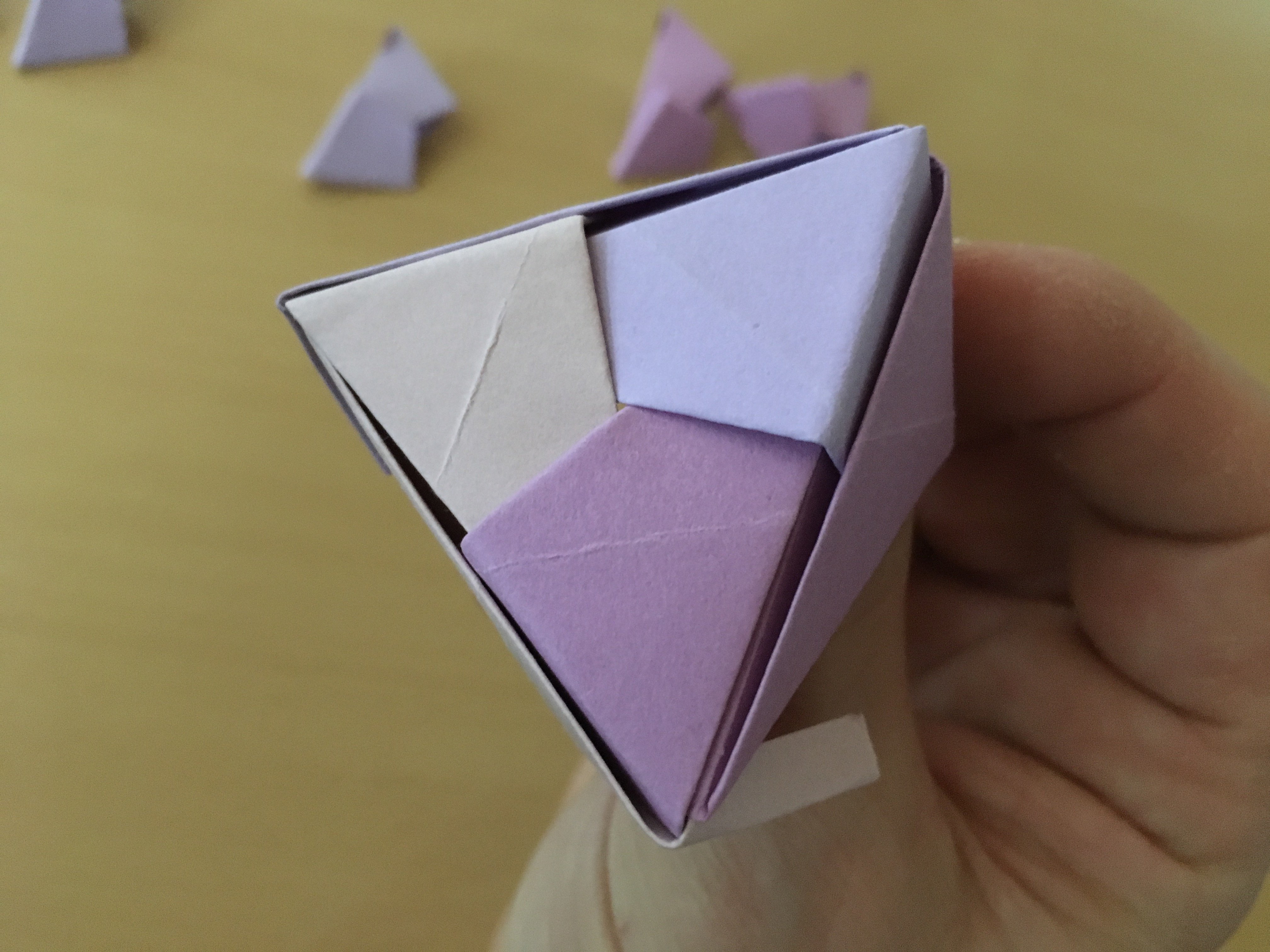
Jetzt must du die drei Module so in einander stecken, dass drei Laschen in drei Taschen stecken. Das sieht dann so aus... Nun ist die eine Seite fertig
This is the view from the other side...
So sieht's von der anderen Seite aus...
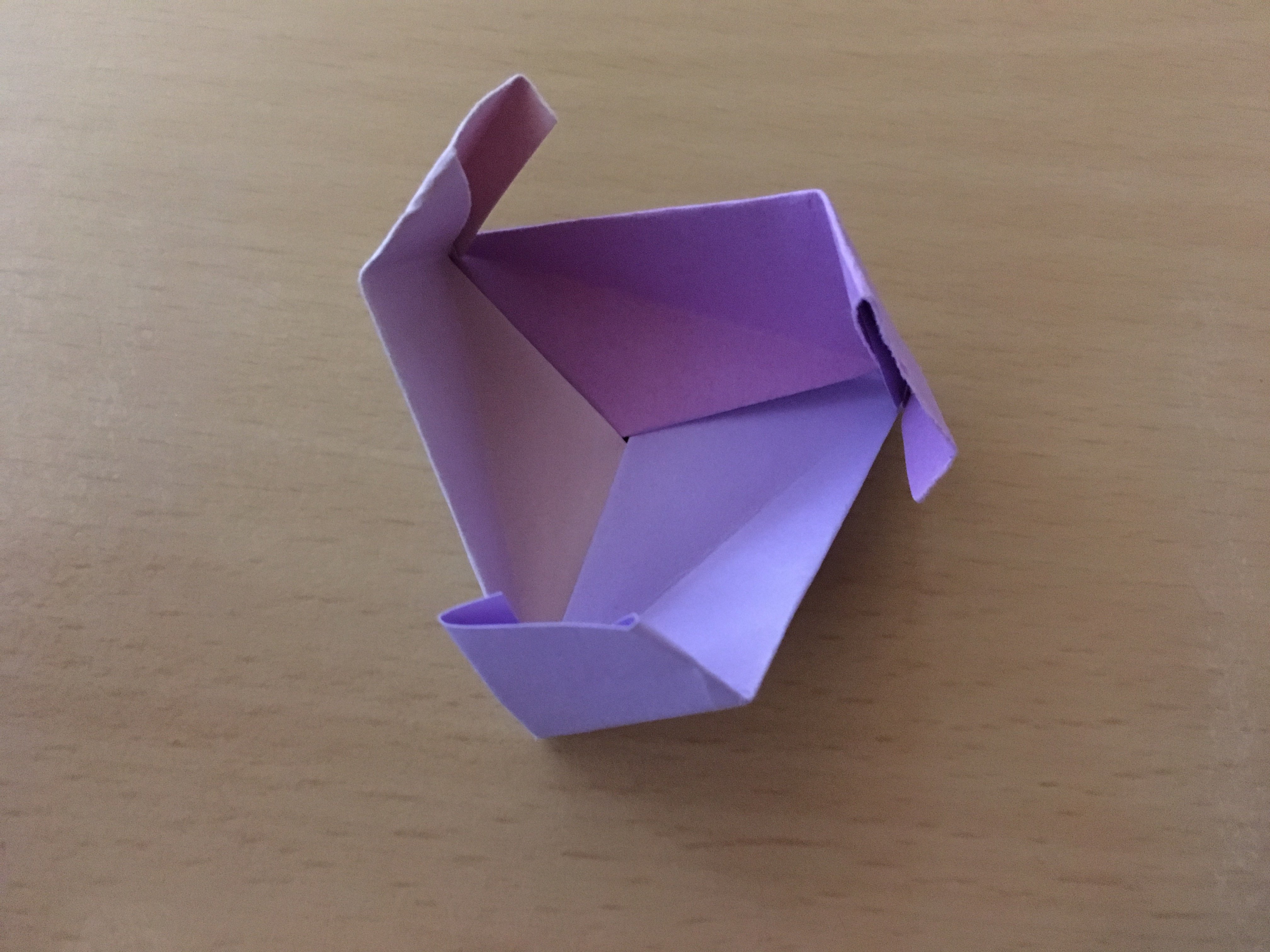
Now you need to continue putting buttstraps in pockets until the whole figure is complete. It needs some twisting sometimes, but you will figure it out, how to do it! The last pocket is a tricky one, but you'll manage!
If it's done it looks like this...
Jetzt müsst ihr so weiter machen, bis alle Laschen in den entsprechenden Taschen verstaut sind. Das kann etwas knifflig sein. Die letzte Lasche ist die kniffligste, aber ihr bekommt's sicher hin.
Wenn es fertig ist, sieht es etwa so aus...

Tell me, when you finished your first tetrahedron!
I hope you liked this instruction, if you did, please give me an upvote and resteem this post, so that your friends can also start folding Origami.
The next instruction is following soon!
Until then...
Sagt mir Bescheid, wenn ihr euren ersten Tetraeder fertig gebaut habt!
Ich hoffe euch hat diese Anleitung gefallen. Wenn ja, gebt mir bitte ein Upvote und teilt diesen Beitrag mit euren Freunden, damit die sich auch im Origami üben können!
Demnächst gibt es dann schon die nächste Faltanleitung!
Bis dahin...
